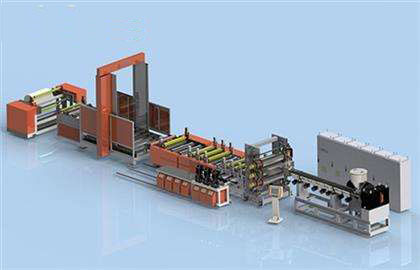Explain in detail the effect of the stretching and orientation process on the properties of the extruded product during the extrusion process of the modified plastic. The modified plastic extrusion molding process will have a preliminary shape of the product in one direction under the temperature condition between the glass transition temperature and the melting point. When stretched, the molecular chains therein will be largely aligned in the direction of stretching. The result of increased attraction between molecular chains due to orientation and fixation. The tensile strength of the article after stretching and rapid cooling to room temperature in the direction of stretching. Performance such as creep resistance will be greatly improved. For example, the tensile strength of a polystyrene film can be increased from 34 MPa to 82 MPa. If the thickness of the product is small, the tensile strength can be higher.

The properties of the polymer material after stretching are related to the temperature at the time of stretching, the stretching ratio, the stretching speed, and the temperature conditions after the stretching treatment. As a general stretching process, the lower the stretching temperature (above the glass transition temperature), the better, given the stretching ratio and the stretching speed. The greater the rate of pull-down at a given draw ratio and a given temperature, the higher the degree of molecular orientation obtained, the greater the draw ratio at a given draw speed and temperature, the higher the degree of set. Regardless of the specific stretching conditions, the greater the rate of quenching, the higher the degree of setting.
Current suitable materials for stretching are polyethylene, polyethylene terephthalate, polyvinylidene chloride, polymethyl methacrylate, polyethylene, polypropylene polypropylene, and some copolymers of styrene.


